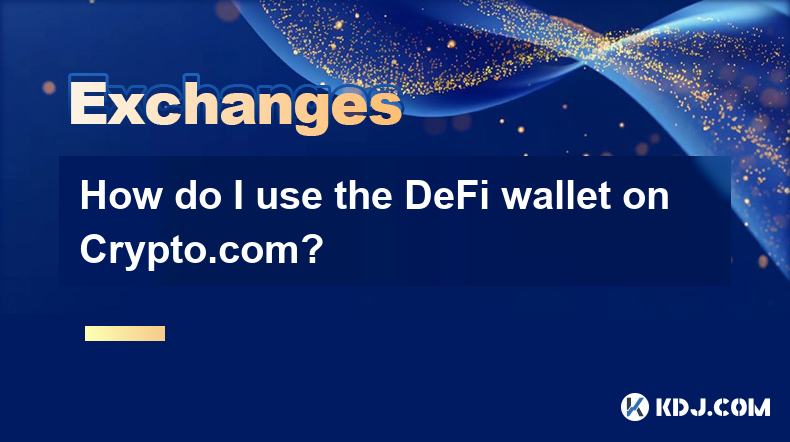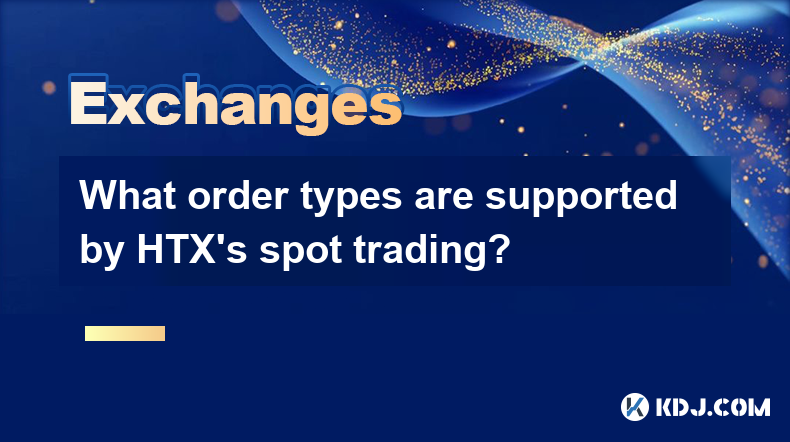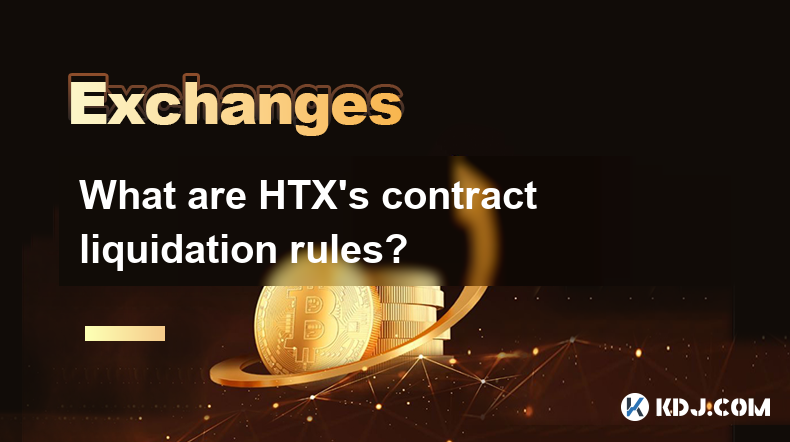-
 Bitcoin
Bitcoin $82,817.8607
0.37% -
 Ethereum
Ethereum $1,786.3450
-0.21% -
 Tether USDt
Tether USDt $0.9995
-0.03% -
 XRP
XRP $2.0581
2.05% -
 BNB
BNB $588.2756
-0.68% -
 USDC
USDC $0.9998
0.00% -
 Solana
Solana $115.3483
0.38% -
 Dogecoin
Dogecoin $0.1636
2.68% -
 TRON
TRON $0.2386
2.84% -
 Cardano
Cardano $0.6358
-0.31% -
 UNUS SED LEO
UNUS SED LEO $9.3782
-0.39% -
 Toncoin
Toncoin $3.3861
-6.95% -
 Chainlink
Chainlink $12.5471
-1.04% -
 Stellar
Stellar $0.2562
0.24% -
 Avalanche
Avalanche $17.9826
0.03% -
 Shiba Inu
Shiba Inu $0.0...01210
0.63% -
 Sui
Sui $2.1798
-1.97% -
 Hedera
Hedera $0.1599
1.32% -
 Polkadot
Polkadot $4.0300
3.14% -
 Litecoin
Litecoin $82.4348
0.50% -
 MANTRA
MANTRA $6.2928
-0.26% -
 Bitcoin Cash
Bitcoin Cash $298.4903
-1.02% -
 Bitget Token
Bitget Token $4.4895
-0.77% -
 Dai
Dai $1.0000
0.00% -
 Ethena USDe
Ethena USDe $0.9995
-0.01% -
 Monero
Monero $215.3108
0.00% -
 Hyperliquid
Hyperliquid $11.2063
-1.26% -
 Uniswap
Uniswap $5.7675
-1.15% -
 Pi
Pi $0.5200
-14.33% -
 NEAR Protocol
NEAR Protocol $2.4551
3.63%
How do I use the DeFi wallet on Crypto.com?
Crypto.com's DeFi Wallet connects your account to vetted DeFi protocols within the app, but using DeFi involves risks like smart contract vulnerabilities and market volatility.
Apr 03, 2025 at 12:42 pm

Understanding Crypto.com's DeFi Wallet
Crypto.com's DeFi Wallet isn't a standalone wallet in the traditional sense. Instead, it's a gateway to accessing decentralized finance (DeFi) applications directly within the Crypto.com app. It doesn't hold your crypto directly; rather, it connects you to various DeFi protocols and allows you to interact with them using your existing Crypto.com account. This means you'll manage your assets through your Crypto.com account but interact with DeFi protocols externally.
Connecting Your Crypto.com Account to DeFi Protocols
To begin using the DeFi Wallet features, you don't need a separate wallet address. The connection happens through the Crypto.com app itself. The app acts as a bridge, allowing you to seamlessly interact with various DeFi protocols without needing to manage multiple wallets or keys. This simplifies the process significantly for users already comfortable with the Crypto.com platform. Security remains paramount; all interactions are secured through your Crypto.com account's existing security measures.
Accessing DeFi Applications Through Crypto.com
Once connected, you'll find a dedicated section within the Crypto.com app showcasing available DeFi applications. These are carefully selected and vetted by Crypto.com to ensure a certain level of security and trustworthiness. However, it's crucial to remember that using any DeFi application involves inherent risks, regardless of the platform facilitating the connection. Always do your own research (DYOR) before interacting with any unfamiliar protocol.
Navigating the DeFi Wallet Interface
The interface is designed to be user-friendly, even for those new to DeFi. You'll find clear instructions and explanations for each action. However, understanding basic DeFi concepts, such as liquidity pools, staking, and yield farming, is recommended before engaging with these features. Crypto.com provides educational resources within the app to help users understand these concepts, but independent learning is always encouraged.
Depositing and Withdrawing Crypto Assets
Depositing assets into the DeFi Wallet section usually involves transferring them from your existing Crypto.com account. This process is typically straightforward and involves selecting the asset and the desired amount. Withdrawal works similarly; you can transfer your assets back to your main Crypto.com account. However, remember that transaction fees may apply depending on the chosen DeFi protocol and the network used.
Understanding the Risks Involved in DeFi
It's critical to understand that DeFi carries inherent risks. Smart contract vulnerabilities, impermanent loss, and market volatility are just some of the potential risks involved. Crypto.com provides disclaimers and warnings throughout the DeFi Wallet section, emphasizing the importance of understanding these risks before participating. Always invest only what you can afford to lose and never invest based on hype or promises of unrealistic returns.
Staking and Yield Farming with the DeFi Wallet
The DeFi Wallet often provides access to staking and yield farming opportunities. Staking involves locking up your crypto assets to secure a blockchain network and earn rewards. Yield farming involves lending your crypto to decentralized lending platforms to earn interest. Both activities carry risks, including the risk of smart contract vulnerabilities and impermanent loss.
How to Stake Your Crypto Assets
- Navigate to the DeFi Wallet section within the Crypto.com app.
- Select a supported staking protocol.
- Choose the asset you want to stake.
- Enter the amount you wish to stake.
- Confirm the transaction.
Remember to carefully review all terms and conditions before staking your assets.
How to Participate in Yield Farming
- Navigate to the DeFi Wallet section within the Crypto.com app.
- Select a supported yield farming protocol.
- Choose the liquidity pool you want to participate in.
- Provide the required liquidity (usually involves providing two tokens in a specific ratio).
- Confirm the transaction.
Always understand the risks associated with yield farming, including impermanent loss.
Security Considerations for DeFi Wallet Usage
While Crypto.com provides a secure gateway to DeFi, remember that your assets are ultimately interacting with external smart contracts. Keep your Crypto.com account secure with strong passwords, two-factor authentication (2FA), and regular security audits. Be wary of phishing scams and only interact with verified DeFi applications through the official Crypto.com app. Never share your private keys or seed phrases with anyone.
Troubleshooting Common Issues
If you encounter any issues, consult Crypto.com's support documentation or contact their customer support team. They can assist with troubleshooting common problems, such as transaction failures or connectivity issues. Remember to provide detailed information about the issue you are experiencing to expedite the resolution process.
Frequently Asked Questions
Q: Is the Crypto.com DeFi Wallet a separate wallet?
A: No, it's an integrated feature within the Crypto.com app, providing access to DeFi protocols. Your assets remain linked to your Crypto.com account.
Q: What are the risks of using the Crypto.com DeFi Wallet?
A: The risks are similar to those of using any DeFi platform: smart contract vulnerabilities, impermanent loss, and market volatility. Always DYOR.
Q: How secure is the Crypto.com DeFi Wallet?
A: Security relies on Crypto.com's infrastructure and your account security measures. However, DeFi inherently involves risks associated with external smart contracts.
Q: Can I use any DeFi protocol through Crypto.com's DeFi Wallet?
A: No, Crypto.com selects and integrates specific DeFi protocols deemed secure and reliable. The availability of protocols may change over time.
Q: What happens if there's a problem with a DeFi protocol I'm using?
A: Crypto.com may offer support, but ultimately, the responsibility for losses due to smart contract vulnerabilities or other protocol issues rests with the user.
Q: What are the fees associated with using the DeFi Wallet?
A: Transaction fees may apply, depending on the chosen DeFi protocol and the blockchain network used. These fees are usually paid in the native token of the respective network.
Q: How do I withdraw my assets from a DeFi protocol back to my Crypto.com account?
A: The process usually involves interacting with the DeFi protocol to withdraw your assets and then transferring them from your DeFi Wallet section back to your main Crypto.com account. The specific steps vary depending on the protocol.
Q: Is there educational material available to help me understand DeFi?
A: Crypto.com often provides educational resources within the app to help users understand basic DeFi concepts. However, independent research is highly recommended.
Disclaimer:info@kdj.com
The information provided is not trading advice. kdj.com does not assume any responsibility for any investments made based on the information provided in this article. Cryptocurrencies are highly volatile and it is highly recommended that you invest with caution after thorough research!
If you believe that the content used on this website infringes your copyright, please contact us immediately (info@kdj.com) and we will delete it promptly.
- Dogecoin Price Soared Over 2% Today, Indicating a Renewed Market Interest in the Leading Meme Coin
- 2025-04-04 21:10:12
- Filecoin FIL $2.76 24h volatility: 2.9% Market cap: $1.79 B Vol. 24h: $489.77 M
- 2025-04-04 21:10:12
- The latest Dogecoin price prediction is raising eyebrows
- 2025-04-04 21:05:12
- With meme coins like Pepe and Shiba Inu back in the spotlight, traders are wondering which token could deliver the biggest gains this week
- 2025-04-04 21:05:12
- Market expert Ali Martinez estimates that the price of this dog-themed meme coin has the potential to surge by around 250% to touch the $0.5 level
- 2025-04-04 21:00:12
- Ethereum (ETH) price plunges further as investors limit their risk exposure
- 2025-04-04 21:00:12
Related knowledge

What are the contract margin modes of HTX?
Apr 04,2025 at 02:14pm
HTX, formerly known as Huobi, offers various contract margin modes to cater to the diverse needs of traders. Understanding these modes is crucial for effectively managing risk and maximizing potential returns. In this article, we will delve into the different contract margin modes available on HTX, explaining their features, benefits, and how to use the...

What order types are supported by HTX's spot trading?
Apr 04,2025 at 04:42am
HTX, formerly known as Huobi, is a well-established cryptocurrency exchange that offers a variety of order types for spot trading. Understanding these order types is crucial for traders looking to execute their strategies effectively. In this article, we will explore the different order types supported by HTX's spot trading platform, providing detailed ...

How to cancel HTX's stop-profit and stop-loss orders?
Apr 03,2025 at 07:50pm
Introduction to HTX's Stop-Profit and Stop-Loss OrdersHTX, formerly known as Huobi, is a leading cryptocurrency exchange that offers a variety of trading tools to its users. Among these tools are stop-profit and stop-loss orders, which are essential for managing risk and securing profits in the volatile crypto market. These orders allow traders to set p...

What are HTX's contract liquidation rules?
Apr 04,2025 at 10:08am
Introduction to HTX's Contract LiquidationsHTX, formerly known as Huobi, is a prominent cryptocurrency exchange known for its diverse range of trading products, including futures and options contracts. One of the critical aspects of trading on HTX is understanding the rules surrounding contract liquidations. Liquidation occurs when a trader's position i...

How to use the cross-chain charging and withdrawal function on HTX?
Apr 04,2025 at 02:50am
Introduction to Cross-Chain Charging and Withdrawal on HTXHTX, formerly known as Huobi, is a leading cryptocurrency exchange that offers a variety of services to its users, including the ability to perform cross-chain charging and withdrawal. This feature allows users to transfer assets between different blockchain networks seamlessly. In this article, ...

How to apply to become a market maker on HTX?
Apr 04,2025 at 11:36am
Applying to become a market maker on HTX involves a detailed process that requires understanding the role, preparing the necessary documentation, and following specific application steps. This guide will walk you through each stage of the application process, ensuring you have all the information needed to successfully apply. Understanding the Role of a...

What are the contract margin modes of HTX?
Apr 04,2025 at 02:14pm
HTX, formerly known as Huobi, offers various contract margin modes to cater to the diverse needs of traders. Understanding these modes is crucial for effectively managing risk and maximizing potential returns. In this article, we will delve into the different contract margin modes available on HTX, explaining their features, benefits, and how to use the...

What order types are supported by HTX's spot trading?
Apr 04,2025 at 04:42am
HTX, formerly known as Huobi, is a well-established cryptocurrency exchange that offers a variety of order types for spot trading. Understanding these order types is crucial for traders looking to execute their strategies effectively. In this article, we will explore the different order types supported by HTX's spot trading platform, providing detailed ...

How to cancel HTX's stop-profit and stop-loss orders?
Apr 03,2025 at 07:50pm
Introduction to HTX's Stop-Profit and Stop-Loss OrdersHTX, formerly known as Huobi, is a leading cryptocurrency exchange that offers a variety of trading tools to its users. Among these tools are stop-profit and stop-loss orders, which are essential for managing risk and securing profits in the volatile crypto market. These orders allow traders to set p...

What are HTX's contract liquidation rules?
Apr 04,2025 at 10:08am
Introduction to HTX's Contract LiquidationsHTX, formerly known as Huobi, is a prominent cryptocurrency exchange known for its diverse range of trading products, including futures and options contracts. One of the critical aspects of trading on HTX is understanding the rules surrounding contract liquidations. Liquidation occurs when a trader's position i...

How to use the cross-chain charging and withdrawal function on HTX?
Apr 04,2025 at 02:50am
Introduction to Cross-Chain Charging and Withdrawal on HTXHTX, formerly known as Huobi, is a leading cryptocurrency exchange that offers a variety of services to its users, including the ability to perform cross-chain charging and withdrawal. This feature allows users to transfer assets between different blockchain networks seamlessly. In this article, ...

How to apply to become a market maker on HTX?
Apr 04,2025 at 11:36am
Applying to become a market maker on HTX involves a detailed process that requires understanding the role, preparing the necessary documentation, and following specific application steps. This guide will walk you through each stage of the application process, ensuring you have all the information needed to successfully apply. Understanding the Role of a...
See all articles




















































































